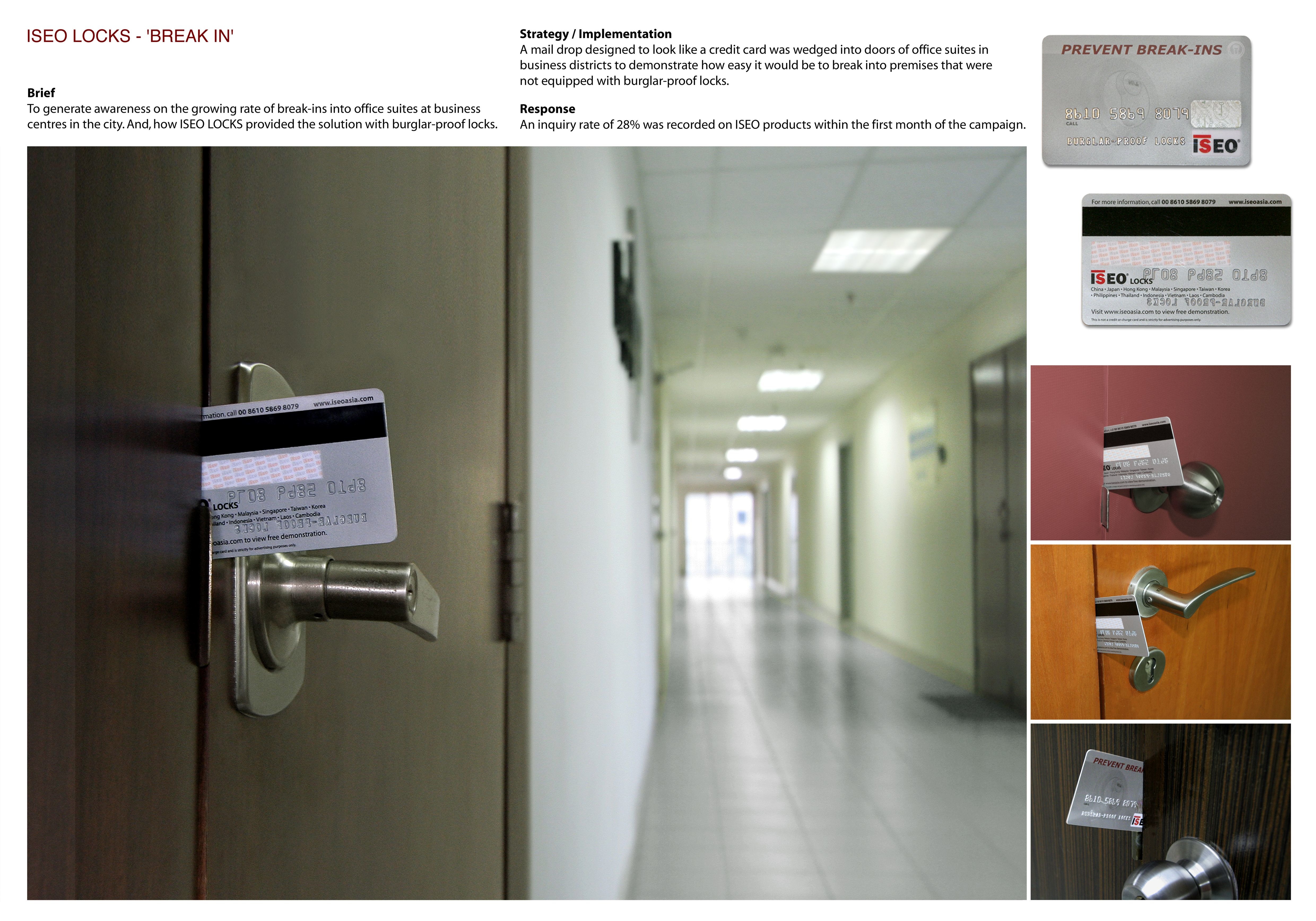Cannes Lions
STUCK IN THE 90S – UPDATING US RETRANSMISSION CONSENT
PORTER NOVELLI, Washington / AMERICAN TELEVISION ALLIANCE (ATVA) / 2015
Overview
Entries
Credits
Overview
Description
The television viewing public was stuck. Thanks to out-of-date laws, every day television viewers were paying more and more for “free” television, while simultaneously being subjected to more frequent blackouts.
The American Television Alliance (ATVA), a coalition of pay-TV providers, independent programmers and consumer groups, needed to creatively and effectively “transmit” the anti-consumer behavior and policies of local broadcasters seen inaccurately by many as producers of “free TV.”
At the heart of the issue were antiquated “retransmission consent” laws, which effectively tied the hands of pay-TV providers, forcing them to pass on unrelenting higher costs directly to the consumer, as mandated by the “free” TV carriers.
There was great irony in “free” TV broadcasters forcing prices upward, while simultaneously threatening and acting on blackout threats, and yet, our client was losing the public relations and legal battle.
To change the narrative, and ultimately the laws, our multi-pronged campaign served to level the playing field with consumers and lawmakers unaware of the anti-consumer behavior of local broadcasters.
Working with ATVA’s lobbying team, we needed to generate enough “noise” from consumers and third parties to draw attention to the need to reform retransmission consent.
The campaign reached consumers and policymakers through a range of public relations and social media strategies and tactics, as well as paid advertisements in Capitol Hill media and in local areas affected by blackouts.
As a result of the PR campaign, Congress passed the first meaningful retransmission consent reforms in 22 years.
Execution
After building a coalition of third party groups and allies, and supplying them with talking points and other materials, we began compiling a database of blackouts, including the parties involved and location. The revamp of the ATVA’s website – “Stuck in the 90s – struck at the heart of the antiquated nature of the current laws, to the detriment of the consumer.
The site featured a 90s-themed spokeswoman, along with easy-to-follow explainer videos pertaining to the issues and current laws, an interactive map of blackouts, and a resource page for media and influencers. After realizing that the governing body, the FCC, would not take significant action, we focused our efforts directly on Congress. We then activated our dual-target communications strategy in mobilizing consumers to contact their representatives to urge needed change.
Outcome
The most gratifying result was the bipartisan passage of the Satellite Television Extension and Localism Act Reauthorization of 2014, marking the first meaningful retransmission consent reforms in 22 years. A win for consumers and for ATVA, thanks to a highly strategic, carefully researched and well-executed campaign.
In addition to the success we enjoyed through direct communication with both consumers and politicians, we generated widespread publicity, from industry trades to Hill publications like Multichannel News, Politico and The Hill. In 2014, ATVA was quoted or mentioned in more than 100 news articles. And, during the course of the campaign, we were able to get more than 10,000 consumers to send a letter to Congress. Today, ATVA is the primary resource on the issue of retransmission consent and TV blackouts, and viewed as a major influencer on U.S. telecom policy.
Similar Campaigns
6 items


